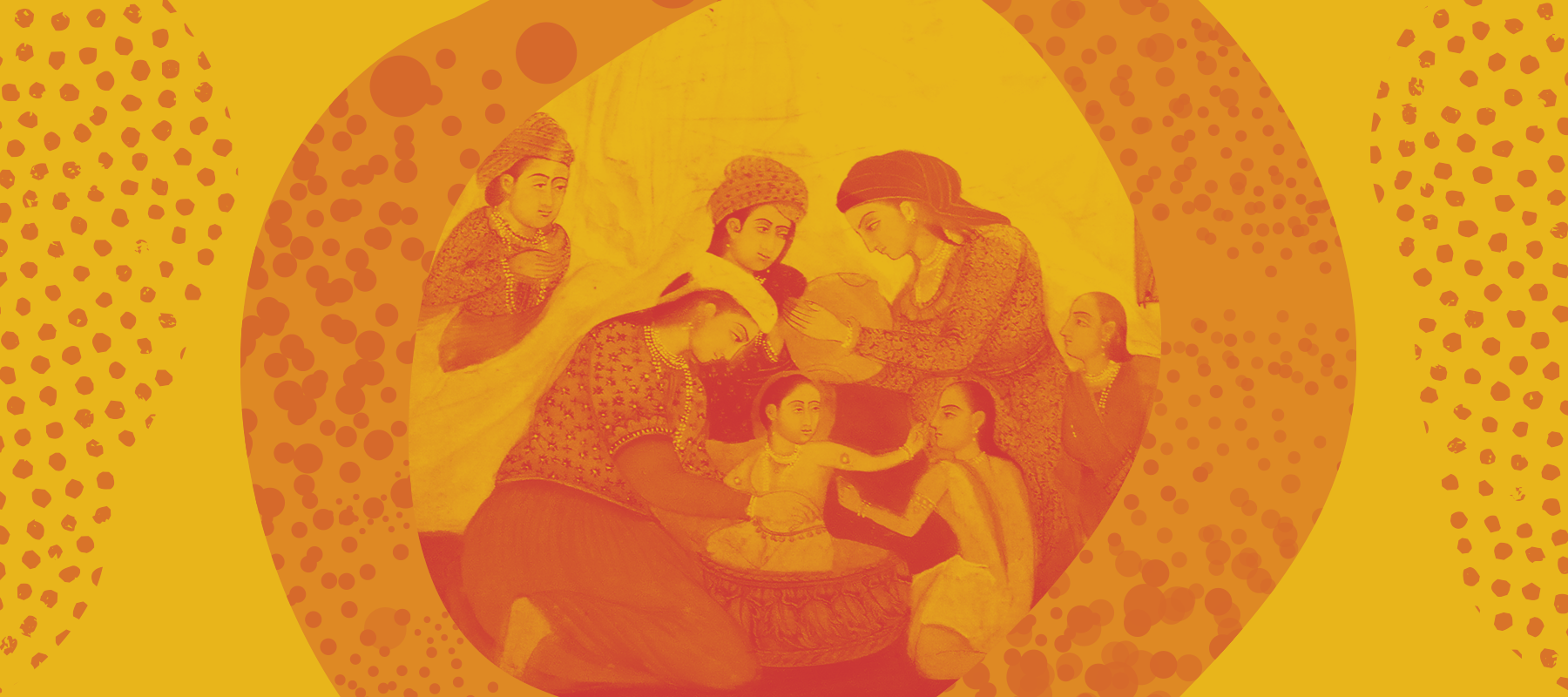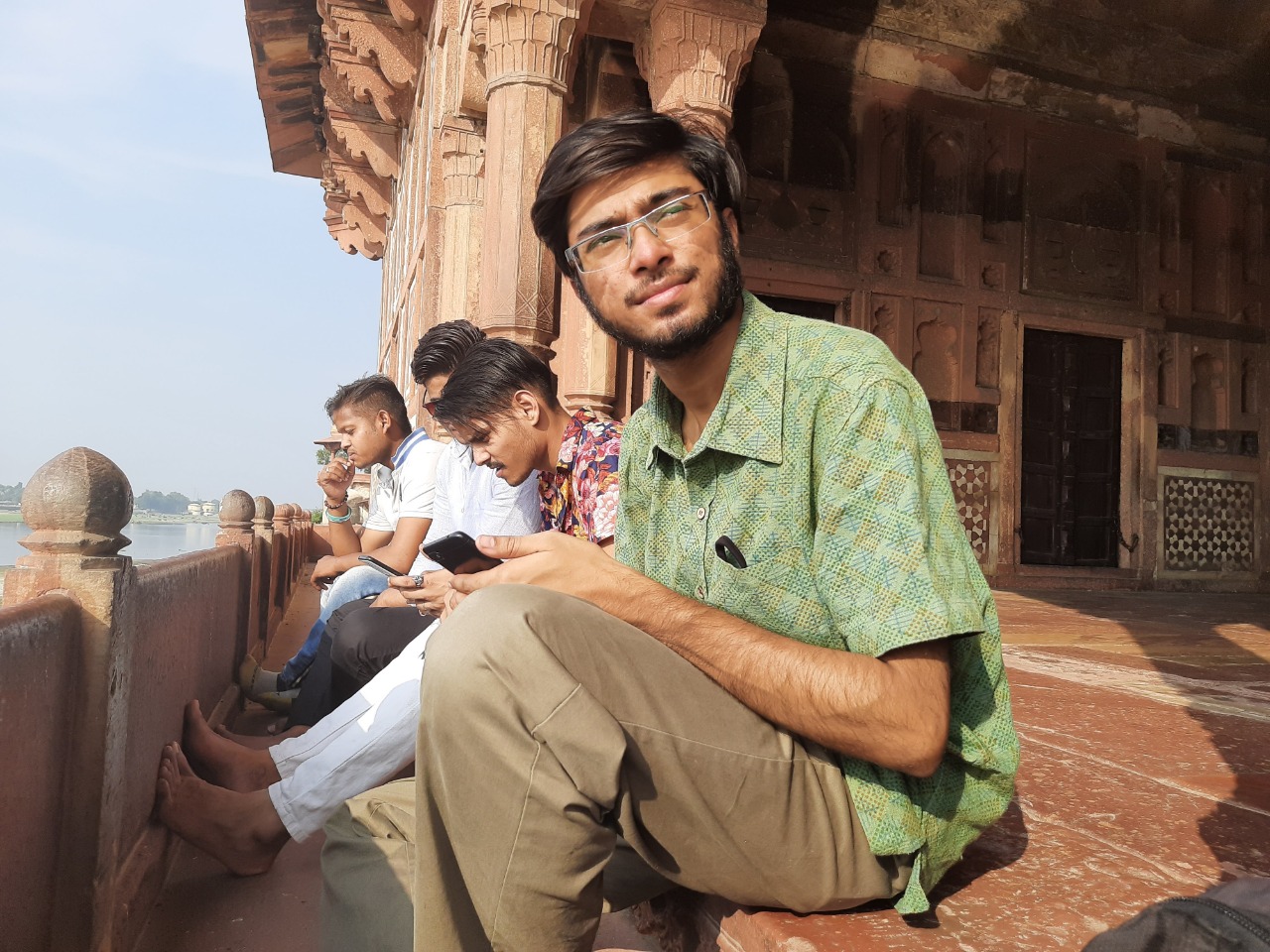This event is ticketed.
The walk focuses on court cultures in early modern India, c. 1500–1800. The lives of kings, queens, princesses, scribes, courtesans, painters and chamberlains are not merely represented in paintings but also embodied in the things that they used. We will look at paintings and material objects like boxes, cups, tiles, rings and household shrines to talk about the histories of patronage, gift, circulation and consumption. While our main focus would be on the royal and noble courts of the Mughals, we will also look at the Deccani and Rajput courts to understand some shared practices. With the help of these objects, we will see how ideas travelled and experiences were lived.
The walk begins in the Painting Gallery of the National Museum, followed by a visit to the Decorative Arts section. A tour of the Numismatic and Arms and Armour galleries is intended to read more utilitarian objects as statements of courtliness. In the Painting Gallery, we will look at paintings from the Mughal, Deccan and Rajput ateliers. The representation of courtly objects ranging from carpets to huqqa bases merit detailed reading in terms of their iconography and context. Some of these objects will come alive in the Decorative Arts section for a closer inspection. The craftsmanship of these objects and their places of procurement will open us to the stories of their movements.
With objects travelled ideas, practices and skills. In the Arms and Armours section, we will stop to think about the culture of warfare, empire and masculinity in early modern Eurasia. The walk will terminate with an interaction on the challenges of exhibiting courtly objects in a postcolonial 'National' Museum, thus connecting the early modern to the contemporary.


